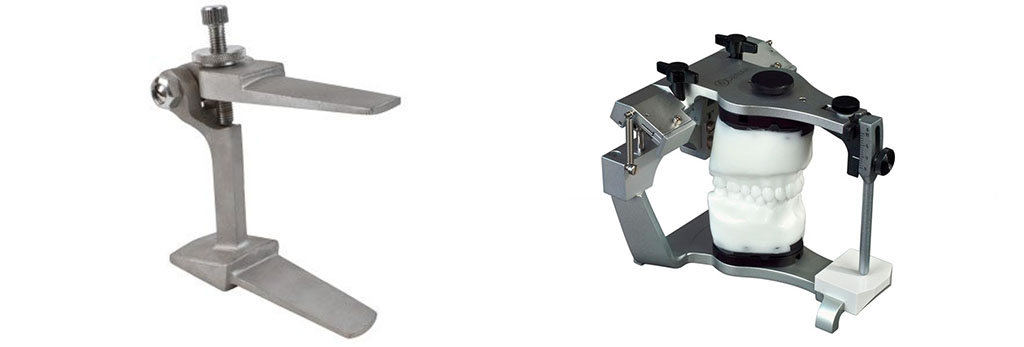Tags: gold standard,dentist, quality dentist, good dentist, london dentist.

????????????????????????????????????
Dentistry in the UK is performed at different standards. A filling or crown is not the same wherever you go. Ever had a filling or a crown that stands out? Ask yourself does it even look like a tooth? Do you ever have long-term jaw/muscle ache after treatment. Then you may have had treatment not fit for purpose.
The aim of high quality dental treatment should be to relieve pain and infection, restore the shape and colour, and restore lost function (maintain chewing capability).
Restoring teeth to its proper shape and height is very important for the long-term stability of the filling and for the surrounding teeth and tissues. If it is made too low (which is of course no use to anyone) or high , where it does not contact the opposing tooth respectfully it can lead to a few problems including:
Gold Standard 1- Use the most accurate equipment
Your mouth moves in many different ways and the interaction between your jaw joints, muscles and teeth is hard to map once it is lost. With the proper techniques and considerations we can get pretty close and provide a restoration that sits harmoniously with the surrounding teeth in the mouth.
If you require a simple filling, all we need to do is build the tooth up to what was there before we started drilling.Therefore we are not making any changes to the way you bite, as a result you should have no discomfort afterwards. Sounds simple, but often not done routinely!
If you require a laboratory custom made restoration, we need to record how you bite down and chew from side to side.

The laboratory has to place a model of your teeth into a device known as an articulator. It can be a simple open shut device (left) or an adjustable device (right) that can be programed to you, to mimic opening/closing, side to side and forward and backward movements. A crown made that replicates opening and closing does not fuction well in the other planes of movement. . I have had no patient yet that chews straight up and down only!
Gold Standard 2- We use the most efficient equipment avaliable
Root canal treatment has moved a long way from its origins. The equipement has kept pace, and we are now able to treat cases that before we would have never attempted.A major break through was the introduction of rotary endodontics. It involves using a single motor drill over hand files, with the major advantage being reduced treatment time and fewer files used.
If you require root canal treatment, you have two options with regards to equipment used depending on the individual case.

The rotary-files are made from Nickel-Titanium and are therefore better at treating curved roots, due to increased flexibility This is especially important on back molars. A well condensed, fully extended root filling is the key to the success of fillings, crowns, and bridges placed ontop.
Gold Standard 3- Rubber Dam Isolation.
This is where a rubber dam/seal is placed over your teeth to prevent saliva from getting into the area where we are working, or to protect you from some of the harmful materials we use. It can be made from latex or non-latex materials. When placing a white filling having a seal is a must as the strength of the filling depends on keeping the area bone dry (away from saliva). It can be done without if you like but the adhesive strength may be compromised.
A seal again is a must during root canal treatment. The reasons are to prevent bacterial and salivary contamination, inhalation of instruments or toxic chemicals used to clean the tooth. It is simple to understand that when trying to disinfect a tooth and prepare it for a root filling, then the last thing you would want is bacteria from saliva washing around potentially infecting the root canal(s). This is outlined clearly in the European standards.
A rubber dam is used during the placement of white fillings, root canal treatement, and cementation of crowns/veneers when certain materials are used.

“Aim at perfection in everything, though in most things it is unattainable. However, those who aim at it, and persevere, will come much nearer to it than those whose laziness and despondency make them give it up as unattainable” Lord Chesterfield